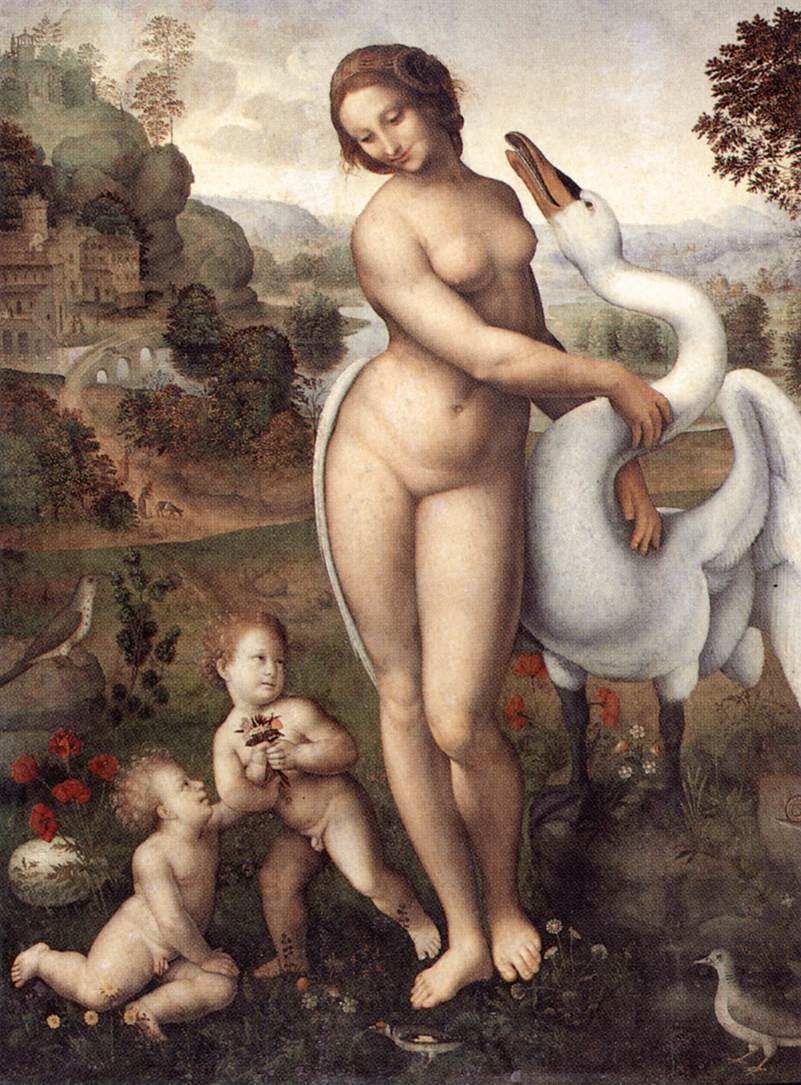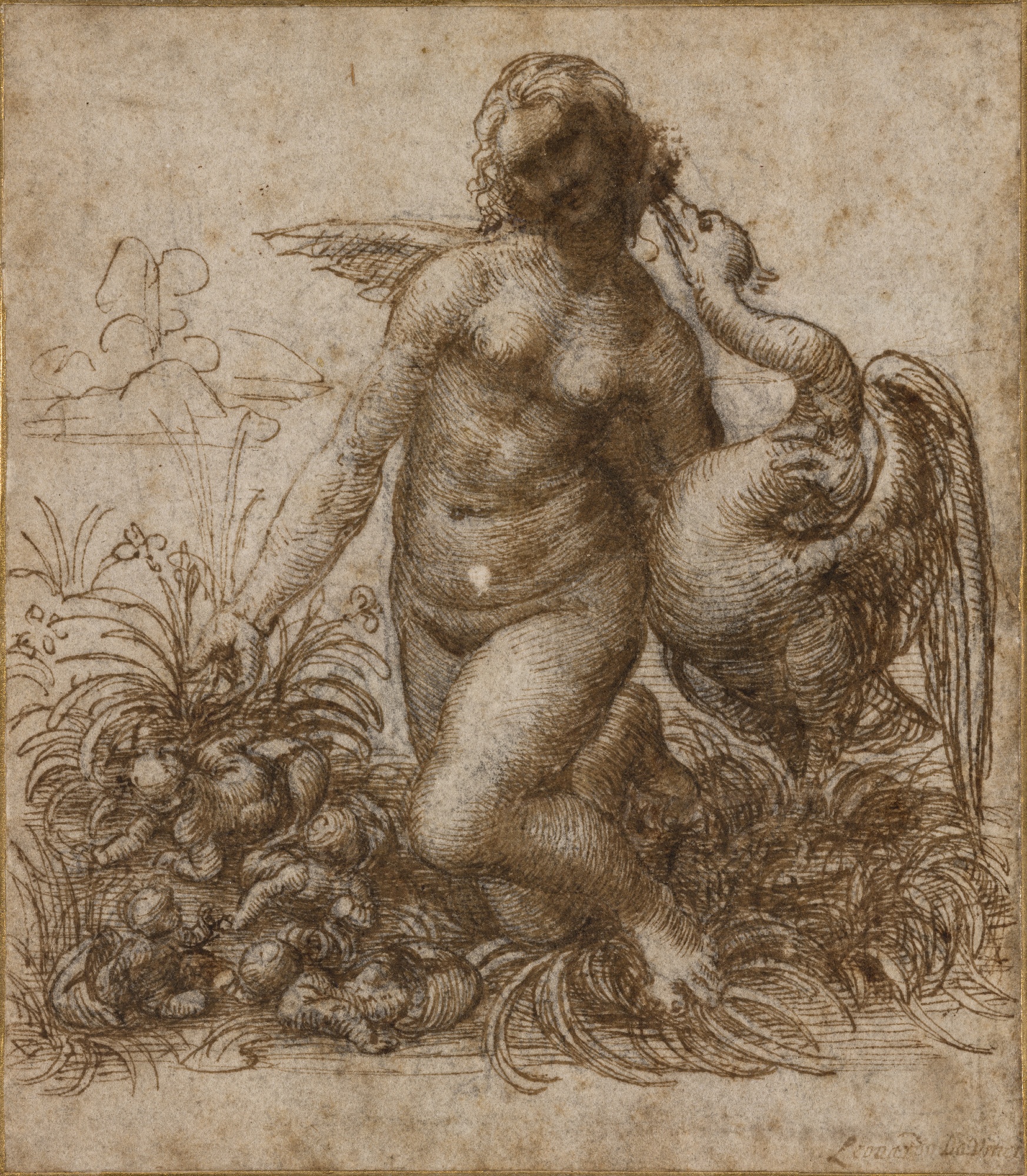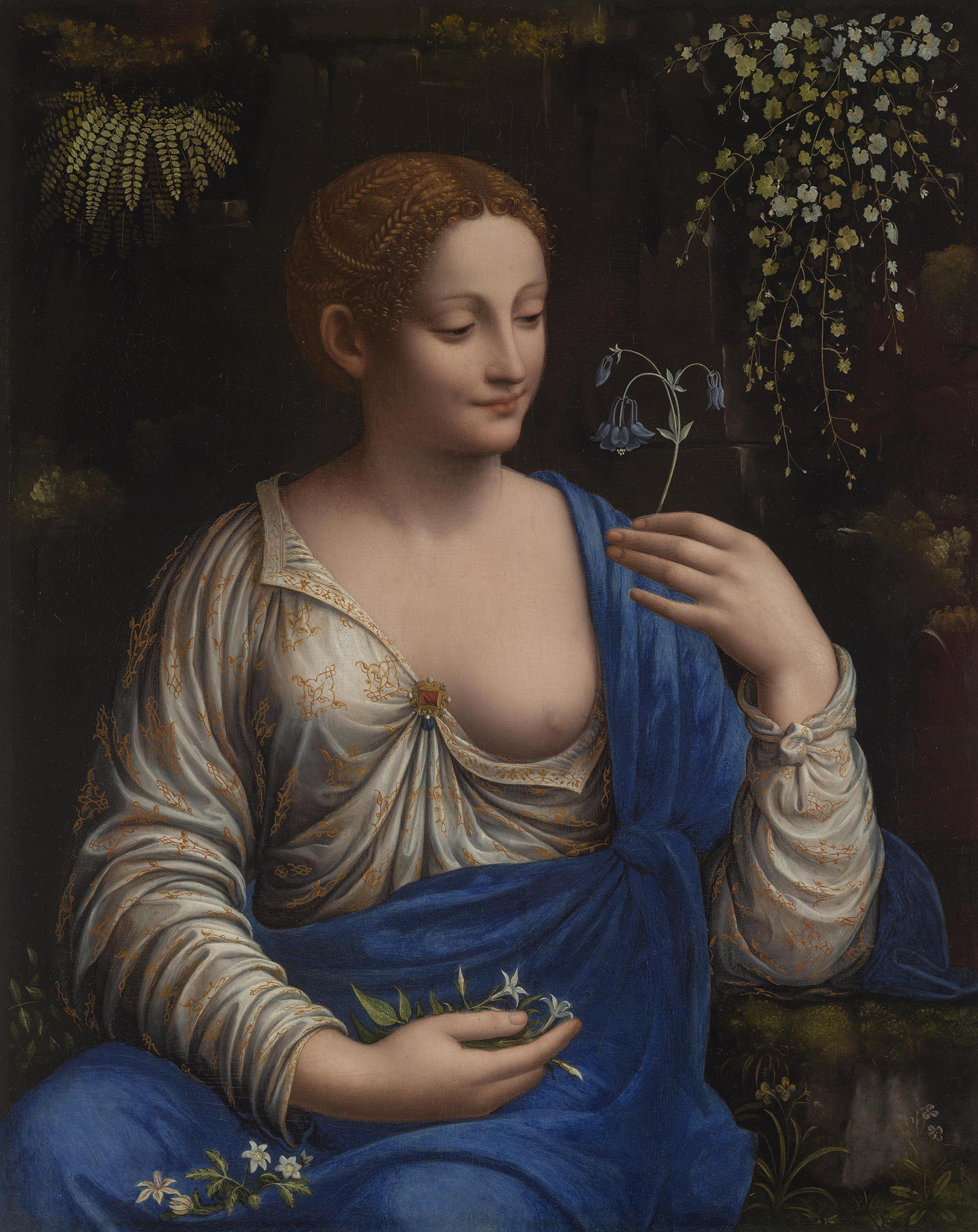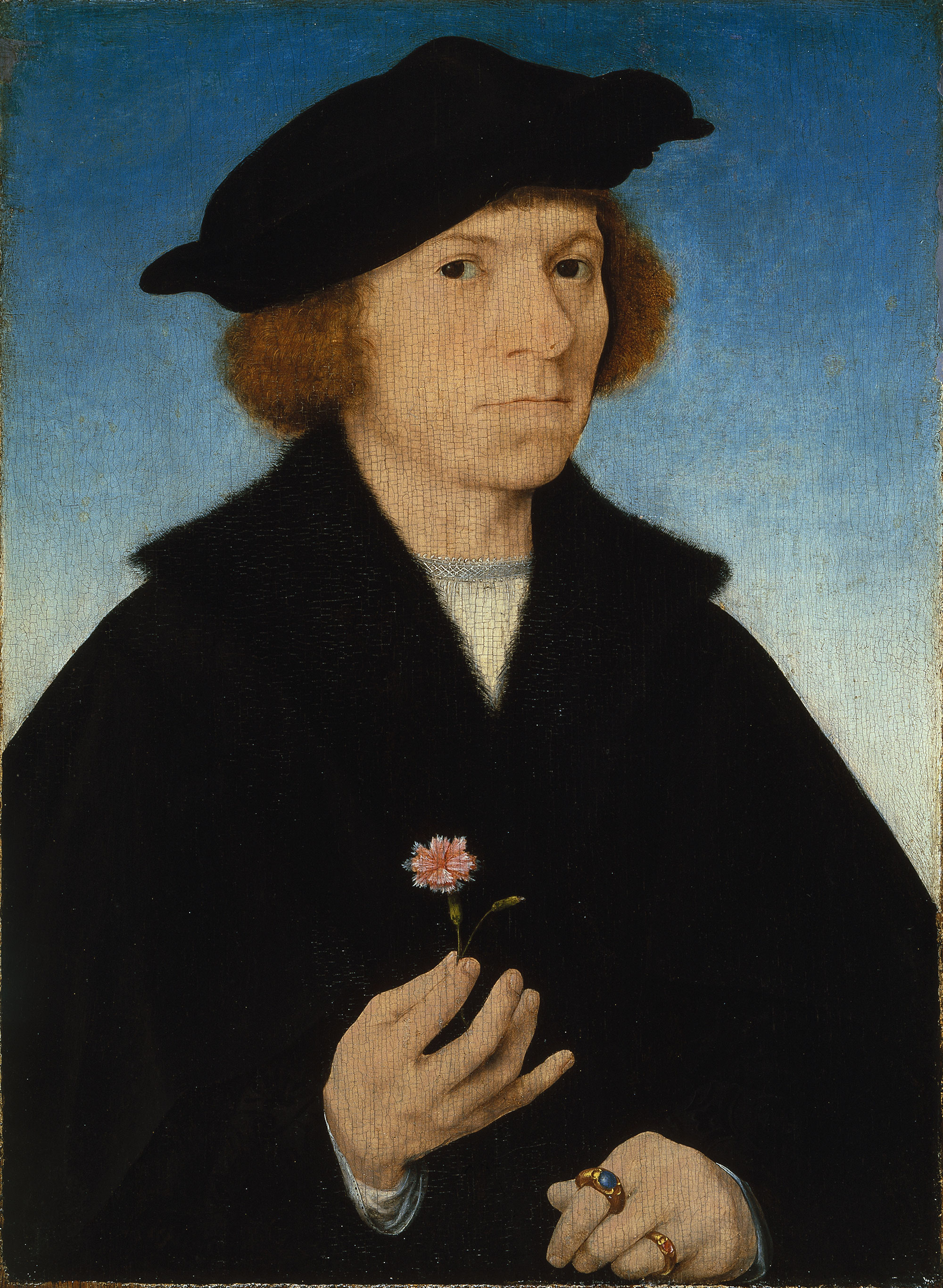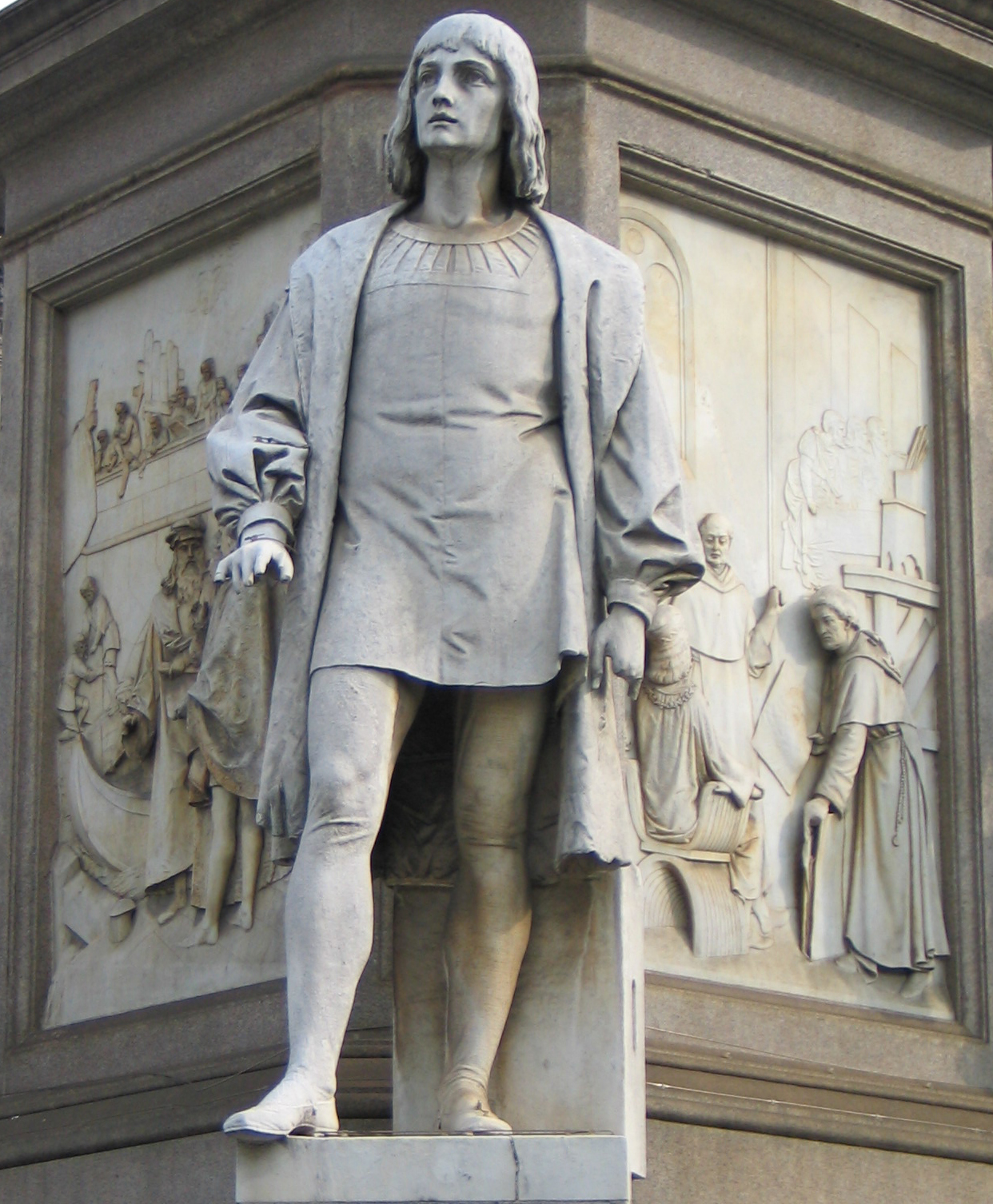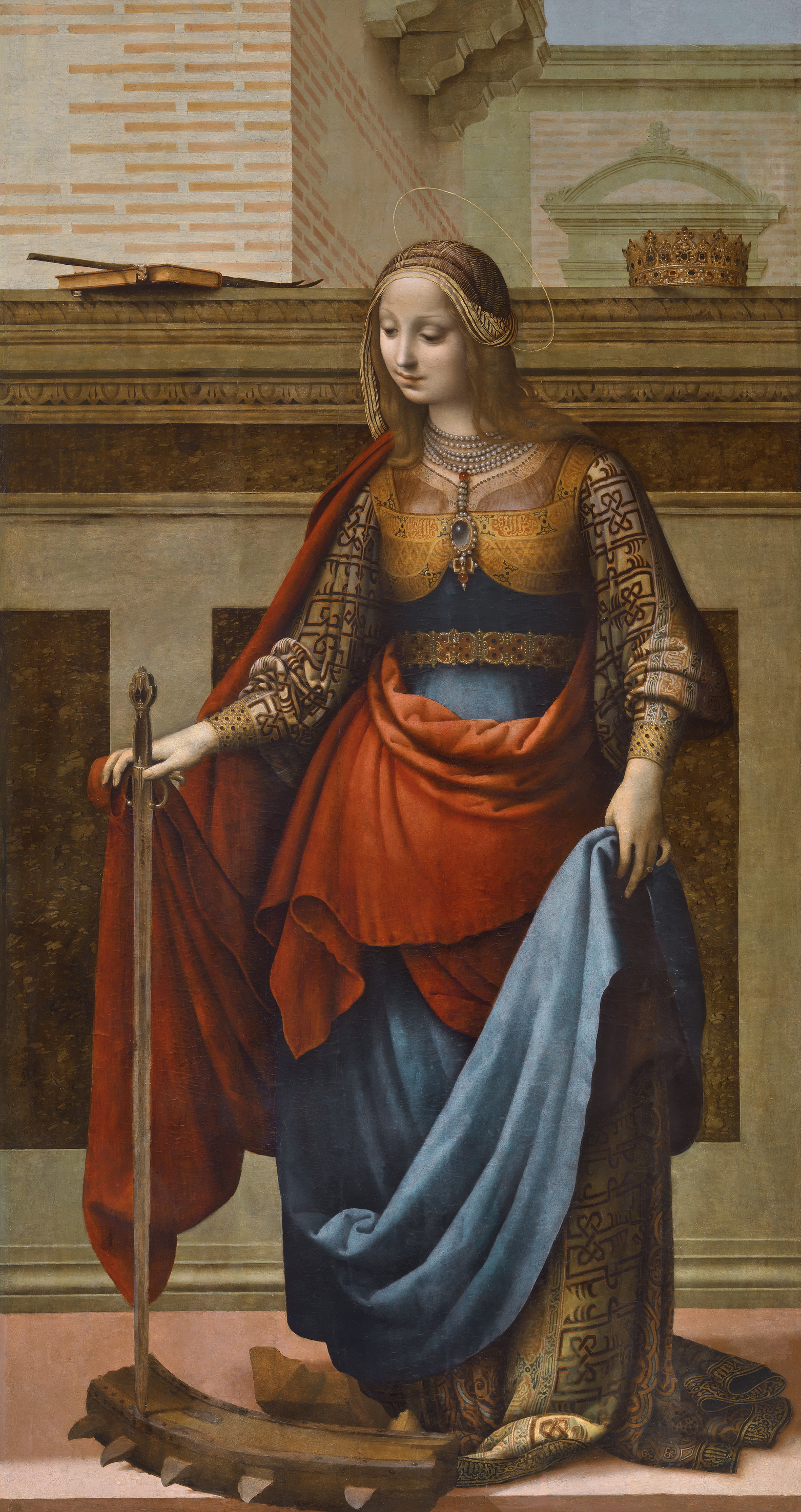|
Leda And The Swan (Uffizi)
''Leda and the Swan'' is a c.1505-1507 oil and resin on panel painting by a painter in the circle of Leonardo da Vinci. It may have originated in the Gualtieri Collection in L'Aquila and passed through various others before being acquired from the Spiridon Collection in 1989 by its present owner, the Uffizi. It and the versions in the Leda and the Swan (Galleria Borghese), Galleria Borghese and Leda and the Swan (Wilton House), Wilton House are considered the three closest copies after Leda and the Swan (Leonardo), Leonardo's own lost work on the same subject. Bernard Berenson even argued the Uffizi work was an autograph work by Leonardo himself, but this is rejected by modern art historians in favour of one of Leonardo's students, possibly Francesco Melzi with some assistance on the landscape background from Joos van Cleve. It is usually dated to the end of Melzi's stay in Milan before leaving for France with Leonardo. Other suggestions include Cesare da Sesto or Fernando Yáñez ... [...More Info...] [...Related Items...] OR: [Wikipedia] [Google] [Baidu] |
Leonardo Da Vinci
Leonardo di ser Piero da Vinci (15 April 14522 May 1519) was an Italian polymath of the High Renaissance who was active as a painter, Drawing, draughtsman, engineer, scientist, theorist, sculptor, and architect. While his fame initially rested on his achievements as a painter, he also became known for #Journals and notes, his notebooks, in which he made drawings and notes on a variety of subjects, including anatomy, astronomy, botany, cartography, painting, and paleontology. Leonardo is widely regarded to have been a genius who epitomized the Renaissance humanism, Renaissance humanist ideal, and his List of works by Leonardo da Vinci, collective works comprise a contribution to later generations of artists matched only by that of his younger contemporary, Michelangelo. Born Legitimacy (family law), out of wedlock to a successful Civil law notary, notary and a lower-class woman in, or near, Vinci, Tuscany, Vinci, he was educated in Florence by the Italian painter and sculptor ... [...More Info...] [...Related Items...] OR: [Wikipedia] [Google] [Baidu] |
L'Aquila
L'Aquila ( , ) is a city and ''comune'' in central Italy. It is the capital city of both the Abruzzo region and of the Province of L'Aquila. , it has a population of 70,967 inhabitants. Laid out within medieval walls on a hill in the wide valley of the Aterno river, it is surrounded by the Apennine Mountains, with the Gran Sasso d'Italia to the north-east. L'Aquila sits upon a hillside in the middle of a narrow valley; tall snow-capped mountains of the Gran Sasso massif flank the town. A maze of narrow streets, lined with Baroque and Renaissance buildings and churches, open onto elegant piazzas. Home to the University of L'Aquila, it is a lively college town and, as such, has many cultural institutions: a repertory theatre, a symphony orchestra, a fine-arts academy, a state conservatory, a film institute. There are several ski resorts in the surrounding province (Campo Imperatore, Ovindoli, Pescasseroli, Roccaraso, Scanno). Geography Close to the highest of the Apennine s ... [...More Info...] [...Related Items...] OR: [Wikipedia] [Google] [Baidu] |
Uffizi
The Uffizi Gallery (; it, Galleria degli Uffizi, italic=no, ) is a prominent art museum located adjacent to the Piazza della Signoria in the Historic Centre of Florence in the region of Tuscany, Italy. One of the most important Italian museums and the most visited, it is also one of the largest and best known in the world and holds a collection of priceless works, particularly from the period of the Italian Renaissance. After the ruling House of Medici died out, their art collections were given to the city of Florence under the famous ''Patto di famiglia'' negotiated by Anna Maria Luisa, the last Medici heiress. The Uffizi is one of the first modern museums. The gallery had been open to visitors by request since the sixteenth century, and in 1765 it was officially opened to the public, formally becoming a museum in 1865. History The building of the Uffizi complex was begun by Giorgio Vasari in 1560 for Cosimo I de' Medici so as to accommodate the offices of the Florentine ... [...More Info...] [...Related Items...] OR: [Wikipedia] [Google] [Baidu] |
Leda And The Swan (Galleria Borghese)
''Leda and the Swan'' is a tempera grassa on panel painting by an artist from the circle of Leonardo da Vinci, probably Cesare da Sesto. It dates to c.1510-1520 and is now in the Galleria Borghese in Rome. It and other versions at Wilton House and the Uffizi are considered the three best copies after Leonardo's own lost ''Leda and the Swan Leda and the Swan is a story and subject in art from Greek mythology in which the god Zeus, in the form of a swan, seduces or rapes Leda. According to later Greek mythology, Leda bore Helen and Polydeuces, children of Zeus, while at the sa ...''.{{Cite web, url=https://mcarte.altervista.org/leda-col-cigno-il-leonardo-perduto/, title=Article, language=it References category:1510s paintings category:Paintings in the Borghese Collection Galleria Borghese Paintings of children Italian paintings ... [...More Info...] [...Related Items...] OR: [Wikipedia] [Google] [Baidu] |
Leda And The Swan (Wilton House)
''Leda and the Swan'' is a c.1515 painting by Cesare da Sesto Cesare da Sesto (1477–1523) was an Italian painter of the Renaissance active in Milan and elsewhere in Italy. Life Cesare da Sesto was born in Sesto Calende, Lombardy. He is considered one of the ''Leonardeschi'' or artists influenced by Leo ..., a painter in the circle of Leonardo da Vinci. It is now in Wilton House near Salisbury, UK. With other versions now at the Galleria Borghese (probably also by Cesare) and Uffizi, it is thought to be one of three of the closest copies after Leonardo's own lost work on the subject.{{Cite web, url=http://www.leonardoresearch.com/leda.html, title=Leda and the Swan - reconstruction References category:1515 paintings Paintings of children category:Paintings in South West England Wilton House ... [...More Info...] [...Related Items...] OR: [Wikipedia] [Google] [Baidu] |
Leda And The Swan (Leonardo)
The story of Leda and the Swan was the subject of two compositions by Leonardo da Vinci from perhaps 1503–1510. Neither survive as paintings by Leonardo, but there are a number of drawings for both by him, and copies in oils, especially of the second composition, where Leda stands. First version Leonardo began making studies in 1504 for a painting, apparently never executed, of Leda seated on the ground with her children. Three sketches of Leda by Leonardo exist: * ''Leda and the Swan'', pen and ink and wash over black chalk on paper, 160 x 139 mm. 1503–1507, Devonshire Collection, Chatsworth (pictured) * ''Study for kneeling Leda'', black chalk, pen and ink on paper, 126 x 109 cm. 1503–1507, Museum Boijmans Van Beuningen, Rotterdam * ''Studies of Leda and a Horse'', black chalk, brush and ink on paper, 1503–1507, Royal Library, Windsor It has been proposed that Leonardo's Chatsworth sketch for ''Leda and the Swan'' (pictured) may have been inspired by the ... [...More Info...] [...Related Items...] OR: [Wikipedia] [Google] [Baidu] |
Bernard Berenson
Bernard Berenson (June 26, 1865 – October 6, 1959) was an American art historian specializing in the Renaissance. His book ''The Drawings of the Florentine Painters'' was an international success. His wife Mary is thought to have had a large hand in some of the writings. Berenson was a major figure in the attribution of Old Masters, at a time when these were attracting new interest by American collectors, and his judgments were widely respected in the art world. Personal life Berenson was born Bernhard Valvrojenski in Butrimonys, Vilnius Governorate (now in Alytus district of Lithuania) to a Litvak family – father Albert Valvrojenski, mother Judith Mickleshanski, and younger siblings including Senda Berenson Abbott. His father, Albert, grew up following an educational track of classical Jewish learning and contemplated becoming a rabbi. However, he became a practitioner of Haskalah, a European movement which advocated more integration of Jews into secular society. After ... [...More Info...] [...Related Items...] OR: [Wikipedia] [Google] [Baidu] |
Francesco Melzi
Francesco Melzi, or Francesco de Melzi (1491–1570), was an Italian painter born into a family of the Milanese nobility in Lombardy. He became a pupil of Leonardo da Vinci and remained as his closest professional assistant throughout his career. After da Vinci's death he became the literary executor of all da Vinci's papers, editing them into a manuscript on painting he published as ''Tratatto della Pittura'' reatise on Paintingor a compilation entitled the ''Codex Urbinas''. Early life and training Francesco's father, Gerolamo Melzi, was an engineer for Francesco II Sforza's military, and a captain in the militia in Milan under Louis XII. Francesco lived with his family in the Villa Melzi in Vaprio d'Adda (not to be confused with the Villa Melzi d'Eril in Bellagio, Lombardy), which today is still under the ownership of the Dukes Melzi d'Eril. Francesco grew up in the Milanese court, and was raised with proper manners and was granted a good education, which ... [...More Info...] [...Related Items...] OR: [Wikipedia] [Google] [Baidu] |
Joos Van Cleve
Joos van Cleve (; also Joos van der Beke; c. 1485–1490 – 1540/1541) was a leading painter active in Antwerp from his arrival there around 1511 until his death in 1540 or 1541. Within Dutch and Flemish Renaissance painting, he combines the traditional techniques of Early Netherlandish painting with influences of more contemporary Renaissance painting styles. An active member and co-deacon of the Guild of Saint Luke of Antwerp, he is known mostly for his religious works and portraits, some of royalty. He ran a large workshop, with at least five pupils and other assistants, which produced paintings in a variety of styles over his career. As a skilled technician, his art shows sensitivity to color and a unique solidarity of figures. His style is highly eclectic: he was one of the first to introduce broad world landscapes in the backgrounds of his paintings, sometimes collaborating with Joachim Patinir, which would become a popular technique of sixteenth century northern Renaiss ... [...More Info...] [...Related Items...] OR: [Wikipedia] [Google] [Baidu] |
Cesare Da Sesto
Cesare da Sesto (1477–1523) was an Italian painter of the Renaissance active in Milan and elsewhere in Italy. Life Cesare da Sesto was born in Sesto Calende, Lombardy. He is considered one of the '' Leonardeschi'' or artists influenced by Leonardo da Vinci, such as Bernardino Luini and Marco d'Oggiono. He may have trained or worked with Baldassare Peruzzi in Rome in 1505. Of this period, a lunette in Sant'Onofrio and some paintings in Campagnano Romano are attributed to him. From 1514 he sojourned in Naples for six years. In 1515 he finished a monumental polyptych for the Abbey of Santissima Trinità at Cava de' Tirreni and produced ''Leda and the Swan'', a copy after Leonardo's own work on the subject. Back in Milan, he executed a ''Baptism of Christ'', in collaboration with Bernardino Bernazzano (now lost) and a ''Salomè'', acquired by Rudolf II and now at the Kunsthistorisches Museum of Vienna. In 1517 he returned to southern Italy; in Messina executed an ''A ... [...More Info...] [...Related Items...] OR: [Wikipedia] [Google] [Baidu] |
Fernando Yáñez De La Almedina
Fernando (or Hernando) Yáñez de la Almedina, born in Almedina, Spain in ''c''. 1475 and died in Valencia, Kingdom of Spain in 1536, was a Spanish painter. He was one of the most important early Renaissance painters in Spain. Of supposed ''morisco'' origin, he travelled to Italy to study fine art, and in the process became familiar with the work of Leonardo da Vinci. After returning to Spain, he collaborated with Hernando de los Llanos Hernando de los Llanos (active in the 16th century) was a Spanish painter active primarily around Cuenca for the duration of his career. Little is known about his life or training, though he appears to have been familiar with the models of ... on many works.Richard B. Wernham''The New Cambridge Modern History'' page 169. References In Spanish * Pedro Miguel Ibáñez Martínez, Fernando Yáñez de Almedina' (Universidad de Castilla La Mancha, 1 January 1999) * Museo Nacional del Prado"Fernando Yáñez de la Almedina" Year ... [...More Info...] [...Related Items...] OR: [Wikipedia] [Google] [Baidu] |
The Battle Of Anghiari (Leonardo)
''The Battle of Anghiari'' (1505) was a planned painting by Leonardo da Vinci in the Salone dei Cinquecento (Hall of the Five Hundred) in the Palazzo Vecchio, Florence. Its central scene would have depicted four men riding raging war horses engaged in a battle for possession of a Heraldic standard#Standard, standard at the Battle of Anghiari (1440), Battle of Anghiari in 1440. Many preparatory studies by Leonardo still exist. The composition of the central section is best known through a drawing by Peter Paul Rubens in the Louvre, Paris. This work, dating from 1603 and known as ''The Battle of the Standard'', was based on an engraving of 1553 by Lorenzo Zacchia, which was taken from the painting itself or possibly derived from a Modello, cartoon by Leonardo. Rubens succeeded in portraying the fury, the intense emotions and the sense of power that were presumably present in the original painting. Similarities have been noted between this ''Battle of Anghiari'' and the ''Hippopotam ... [...More Info...] [...Related Items...] OR: [Wikipedia] [Google] [Baidu] |
.jpg)

